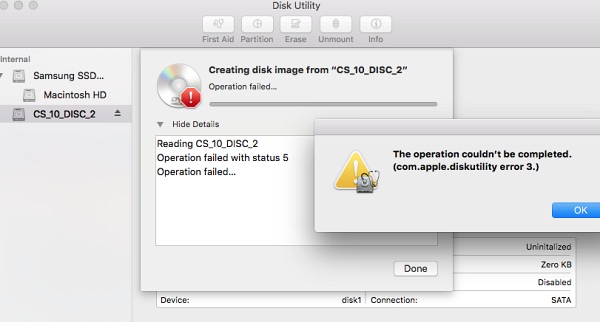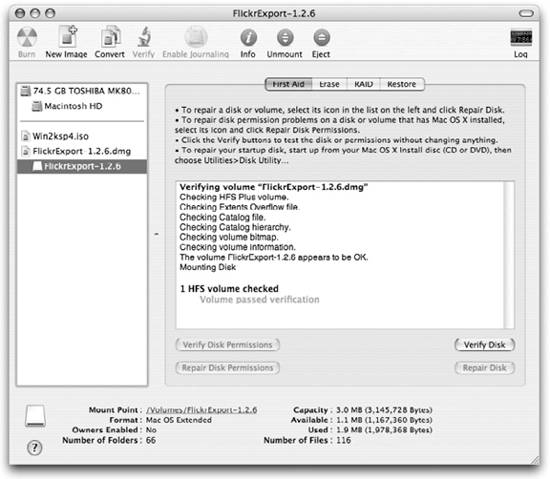

But when I exit Terminal and try that again, it dissapears. Same thing happens when I'm running Terminal as first thing and type 'diskutil list', it's visible (screenshot #7).

It's only visible shortly after opening the Recovery Mode for a first time. But when I try to verify or repair disk, I get errors (screenshot #5 & #6), and after that disk dissapears from the list on left side of the screen. When I run in command + R Internet recovery mode, there's some new stuff happening: my 500GB HD disk is now visible for a while in Disk Utility! (screenshot #3 & #4). When I run my laptop in normal mode turning on the power button, a blinking folder icon with a question mark appears. A plot twist! What changed after visit in service point. I decided to take my laptop back home for now and try to look for less radical option.Īnd now. His diagnose was that disk is fine, but EFI is corrupted and he suggest replacing a whole motherboard. So I took my laptop to service point where technician formatted my disk and checked if it is damaged.

I reseted PRAM and SMC but nothing helped. I Googled some solutions, runned 'fsck' in a single mode (screenshot #2). Therefore I couldn't reinstall OS X by myself. My main Macintosh HD 500GB drive was not visible. In the Name field, enter the name for the disk image. This is the name that appears in the Finder, where you save the disk image file before opening it. Enter a filename for the disk image, add tags if necessary, then choose where to save it. I opened recovery mode with command + R, and disk utility showed only Apple disk image with OS X Base System, that has 1,3GB (screenshot #1). In the Disk Utility app on your Mac, choose File > New Image > Blank Image. After my computer rebooted and started installation process, an error appeared that said there is no disk to install new system. If you used Disk Utility from macOS Recovery, you can now restart your Mac: choose Apple menu > Restart.Everything was fine with my laptop until I finally decided to update my OS from El Capitan to Mojave. The order of repair in this example was Macintosh HD - Data, then Macintosh HD, then Container disk4 and then APPLE SSD. Keep moving up the list, running First Aid for each volume on the disk, then each container on the disk, then finally the disk itself.


 0 kommentar(er)
0 kommentar(er)
